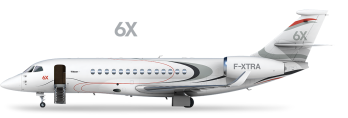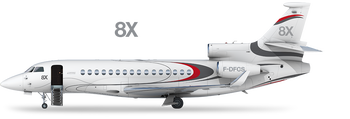BALLOONS
Imagine a billboard, a giant roadside poster site, that you could take to your prospective customers. One they would admire; discuss; even photograph. Most importantly, one they would remember vividly. A Cameron airship is that billboard. And more. Your message is carried not once, but twice – once on each side – and each side offers an enormous advertising area. A flight in an airship is also valuable gift that is yours to use to impress a client, influence a photo journalist, perhaps reward staff members for a job well-done.
In fact your airship provides innumerable promotional opportunities. Each time it flies thousand of members of the public will turn their heads skywards, seeing and remembering your advertising message emblazoned on its hull. Fly it before a specialist audience at a private ever along major roads to influence motorists, guide house buyers to new real estate developments…… the possibilities are endless.
Of course, there also many non-promotional uses for airships. They make stable and highly manoeuvrable camera platforms, excellent mobile observation posts, cost-effective flying laboratories for atmospheric sampling. We have even built airship to ferry scientist up to the canopy of the rain forests in Brazil to collect samples.
There are two types of airship: hot-air filled and helium gas filled.
So what is a hot-air (or thermal) airship?
In simple terms a thermal airship is a hot-air balloon that is shaped to resemble a slightly fatter version of a helium filled airships, such as the Goodyear. The primary differences are that it is inflated with low cost hot-air rather than expensive helium. Requires only a small ground crew, and no large hangar for storage purposes.
How does a thermal airship work?
It’s a well-known fact that warm air rises. The air contained in the airship’s envelope is heated by powerful burners that are fuelled by liquid petroleum gas-usually propane. When the air is warmed the airship will rise; allow gentle cooling and the craft will descent until the burner is used again. Altitude control is quite precise.
The propeller mounted behind the gondola is driven by a small but powerful engine. When the pilot opens the throttle the airship moves forward; operate the rudder control and craft will turn almost within its own length. In truth it’s a little more complicated than that, but not much.
With a top speed of up to 32 km/20 miles per hour and a preference for the lighter wind conditions that are found in the early mornings and evenings, the thermal airship is not designed for long cross country journeys. In any case, it’s easier and faster to pack it away and take it by road to a new location. Where the craft offers unbeatable cost effectiveness is in local promotion Watch it fly alongside the rush hour traffic or over an important sporting event. Cruise it around the car parks major shopping malls.
Subject to national regulation you can even make spectacular cross town sorties at night, the envelope being illuminated like a giant sign every time the burner is turned-on.
Helium gas airships.
Airships filled with helium gas are more expensive to build and operate than thermal airships and are primarily used for passenger carrying or surveillance operations. Cameron Balloons specializes in the manufacture of small helium filled airships to meet “one-off” customer requirements. Please contact us to discuss how we can meet your specific needs.











